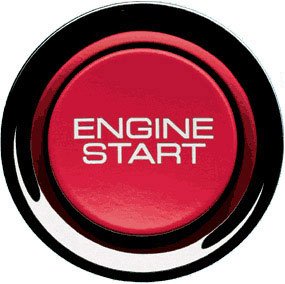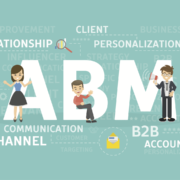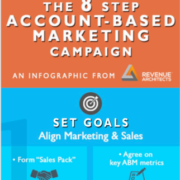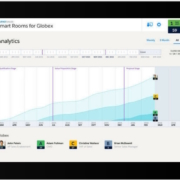Under the Microscope: Commercialization
The commercialization process prepares you to introduce products and services into the market. There are several different frameworks that describe the product development process in detail and commercialization is typically included in this overall process. For our purposes, in assessing and constructing a revenue architecture, we focus on elements of commercialization that impact marketing and sales execution.
Consider the traditional “7 Ps”: product, place, price, promotion, people, process, physical environment. For the purposes of the Revenue Architecture framework, the commercialization activities are central to marketing and sales execution. Sales and marketing teams do sell for a hypothetical company – their job is to sell the products and services the company offers. Commercialization helps influence product design and quality, and paves the way for more effective productive marketing and sales execution.
Activities prior to Commercialization include Market Strategy: Customer Value Research and Analysis, Firm Competencies, Competitive Industry / Market Analysis, Customer Win/Loss Analysis, Firm Performance Analysis, Requirement Definition, Product Line Economies , Budget Planning and Cost Management, Market Acceptance and Availability,Product Strategy, Product Roadmapping.
The Commercialization process includes: Value Positioning including Target Market Definition and Sizing, Customer Engagement Model, Commercial Use Cases, Pricing, Terms and Conditions.
Activities we review after commercialization include Go-To-Market: Positioning and Value Communication, Routes to market, Channels and Partnerships, Marketing Planning, Launch Planning, Customer Acquisition Models, Sales Enablement, Collateral, Lead Generation, Sales and Channel Training, Customer Relationship Management, Funnel Analysis, Market Assets at Different Sales Stages, Technical Tools and Marketing Assets.
Commercialization is the process by which you define product/ service value to the market. It involves making your products or services market-ready, positioning your company’s products in the market, and mapping the customer engagement journey to acquire the product/service.
By establishing key points of differentiation from competitors, you can determine the best ways to communicate product value to market to customer segments and you can model ap the customer engagement process. Commercialization will help determine where the product/ service offering is on the business model continuum and thereby determine what revenue architecture you will need.
Elements of the Commercialization Process
To assess your commercialization process, you can consider a range of elements:
Value Positioning
What value to what segment? How is your product is positioned relative to your competition? Have you clearly defined your core service or product offering and its value proposition? What is your messaging describing how your product is differentiated? What are the product value wrappers? What ROI they can the customer realize? How critical is the customer service experience? What stories can you tell? What defines customer success?
Customer Engagement Model
How you will reach your target customer / segments? How will you find early adopters? What accounts and personas represent the buyers? How will customers interact with the company to acquire the product/ service? What is the buyer and engagement journey? Through which channels and media will you will interact with customers to sell this product and service? How will your target personas will behave so that you can map them through the end-to-end funnel? What marketing mix (e.g. digital, inbound, outbound, account-based marketing) will best facilitate the sales effort?
Commercial Use Cases
What are the ways that your customers will engage and apply the product and services? What adjacent offers fit with services or products and support your central offering? How do you articulate the use cases to different segments?
Pricing, Terms & Conditions
What are the product economics and appropriate pricing? What terms and conditions are important for the transaction? Do prices cover costs and profits? Are their opportunities for greater value from pricing? Is there a price pack architecture? Are costs in line to enable competitive pricing? How does market demand impact pricing potential? How do we price in response to the competition? How much control do front line sales have on pricing and negotiation? What competitive prices must be established to assure sales?
Why is Commercialization Important?
An effective commercialization process is part of the overall revenue architecture and an important component for effective product sales and marketing.
Defining how you will position, price and promote your products or services enables a better customer engagement process and product/ service positioning. Established position and messaging minimizes confusion to customers and they are able to discern product/ service value. Putting the customer first in planning and mapping the customer engagement processes tailored to personas’ needs, you can better engage customers, convert revenue and increase customer satisfaction.
The Go-to-Market dimension (post coming soon) further defines the activities associated with the product and service commercialization process. This includes coordinating direct sales, strategic buyers, opinion leaders, distributor contracts and other commercial partners, expansion and optimization of channels, marketing mix and activities, conference participation and materials, field support, education and training, customer service and delivery.










Leave a Reply
Want to join the discussion?Feel free to contribute!